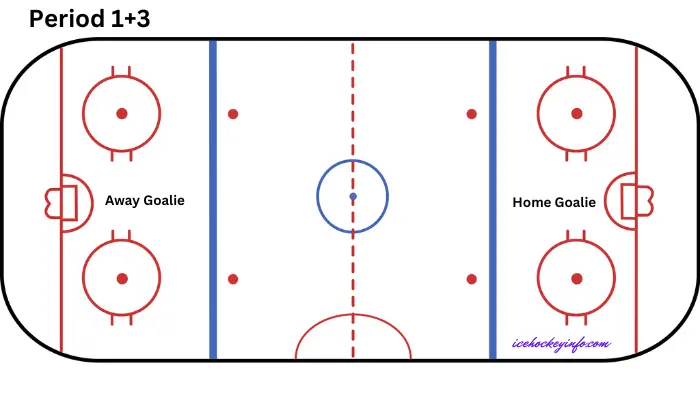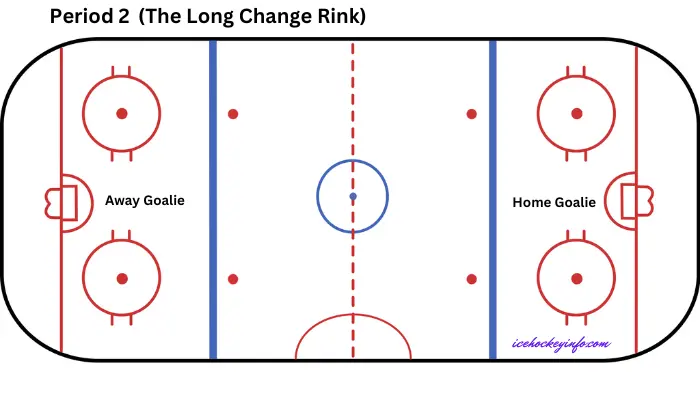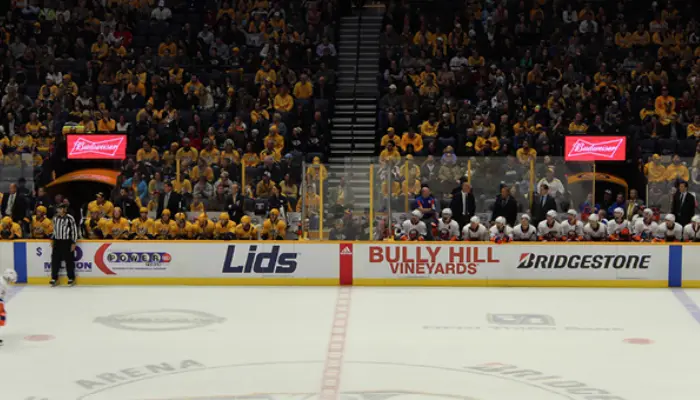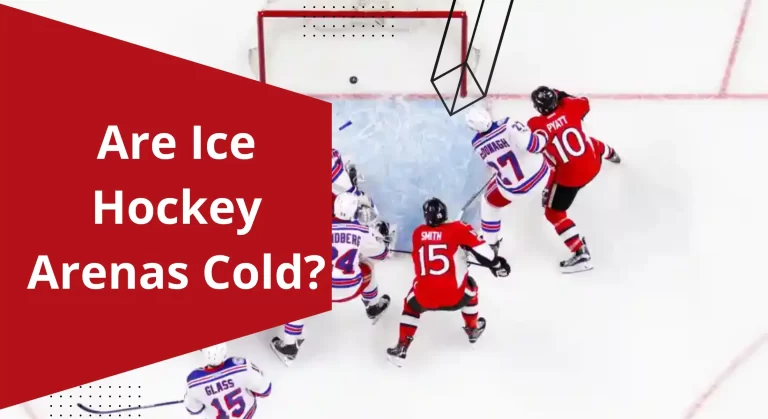What is the long change in ice hockey?
Similar to other games, ice hockey has a lot of terms and meanings. In general, devout fans of hockey are familiar with all the rules and their specifics. But few people are not familiar with some basic phrases. Sometimes the title of a term provides an idea of what it signifies. But sometimes, the name does not have any clear meaning.
What is long-change hockey? When players are seated at the benches that are away from their goalie during a hockey match, it is referred to as the long change. From a defensive standpoint, this is the duration when it requires a player in the attacking zone the “longest” to switch. This will take place in the 2 periods of each match and overtime if required.
What are the other details of long-change hockey and how it implies in the match? Let’s find the answers!
What is the long change in hockey?
The term “long change” is used in hockey but what is long change and what does it imply? It is a common question asked by many fans and viewers of hockey.
In hockey, the 2 periods are referred to as the “Long Change.” During long changes, the home and away goalie change their positions. During this, the players on the benches are positioned away from their respective goals.

It indicates that each side is playing on the other side of the net more than they were playing previously. Each squad faces its greatest difficulty during the period, which leaves them open to scoring simple goals. On the attacking side, it takes a player in the attacking zone the longest period ever in the match to change instantly.
Related Article: How Many Time Periods Are In A Hockey Game?
What factors lead to the long change?
In hockey, the long change is driven by two factors:
- There are three-time periods
- No benches are changed during games
There are benches for the visiting team and the local team in each rink. The seats will be allocated to the players for the duration of the match. The squads will not change or alternate these benches and use others.

Thus, there are three periods in a hockey match, and before the second and third parts begin, squads must change places according to hockey regulations. In this way, the squads will change sides while remaining in the same seat. Due to this, the player’s benches are put in a position where it feels far away from their goalkeeper.
Without the long change, the seat of players will expand into their attacking zone during the initial and third periods. This enables it to be simpler for a player to change it with their partners. They can change it in the case of prolonged pressure from the opposing team in the attacking zone.

Thus, during the second period, the player who is nearest to their goaltender on the seat is outside the goal area. It is significantly more challenging for a player to switch off and put a new player on when a squad is under pressure and unable to cope with the pressure.
According to the idea, this will result in more fit individuals on the field, more scoring opportunities against opponents, and more points against opponents.
Thus, staying away from the seat can be challenging for a player, particularly a defender, at some points in a session. They will find it to be a “long change” that cannot be accomplished fast without interfering with the rink play.
How do the players adjust to the long change?
Every time a session is changed, the defenders and attackers sitting on the bench will move to the other side of the bench. The attackers will always sit on the benches on the side that is most distant from the opposing goalkeeper. On the other hand, the defenders will always be seated on that edge.
In this way, the defenders will sit within their blue line throughout the 1st and 3rd period and by the red line during the long shift in the 2nd quarter.

In a huge percentage of hockey matches, players switch with their team partners “on the fly.” It implies they perform it during gameplay rather than at pauses.
Players must ensure they have a better line switch that enables them to leave the rink before they exhaust their energy. It does not cause imbalances in the game for the remainder of their colleagues because it is essential for individuals to switch while playing.
Furthermore, many incorrect line changes have occurred where a player goes out at the incorrect time. It causes an odd-man charge for his colleagues. When a squad has a long change, this mostly occurs.
When a squad has a lengthy change, the right-side defenseman is the most difficult player to switch out on the spot. He is the one who is far from the bench.
Conclusion: What is the long change in ice hockey?
Long-change hockey is the duration when the players have to sit on the benches and wait to move from their seats. They will have to move their seats before the 1st and 3rd periods of the match. In addition, long change occurs due to three-time frames and no changed benches on the rink during the match.






